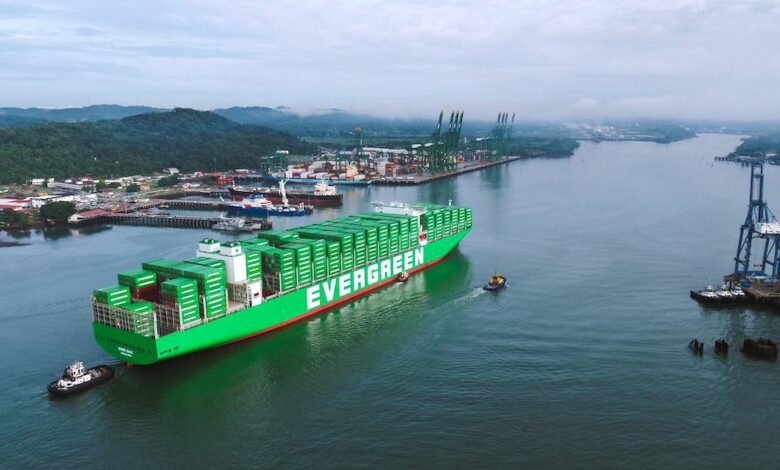Panama Canal administrator will not rule out further transit cuts

The Panama Canal Authority has warned there’s a chance the number of daily transits could be slashed further if drought persists.
Ricaurte Vásquez Morales, the administrator of the Panama Canal Authority, invited the press to a conference yesterday in which he laid out how he sees traffic faring across the waterway in the short-term as well as outlining his hopes for long-term solutions to ensure lack of fresh water issues are less of a threat in the future.
Faced with an unprecedented drought this year, something that has been compounded by the arrival of the El Niño weather phenomenon, the canal authorities have slashed daily transits by 20% to just 32 a day as well as shaving off nearly 2 m in the maximum draft for the waterway’s larger neopanamax locks. These measures have created significant ship queues at either end of the waterway.
“This phenomenon has been very severe this year, and it is expected because it’s so unusual when we have hot temperatures in the Pacific and the Atlantic simultaneously, that this will be a pervasive situation that is going to extend probably well into next year calendar year,” Morales told reporters yesterday, warning that if the situation does not improve reducing the number of transits again is a possibility.
“Due to El Niño, the drought situation will be an extended one,” Morales stressed.
This week, the canal administrators have decided to make two slots of the panamax locks non-auctionable and to award them to ships that have been waiting the longest to transit.
Looking further ahead, Morales discussed how he is working with parliamentarians to get a 2006 law changed so that the canal can build a new reservoir – to be called Rio Indio – to keep the key Gatun Lake water levels high as well as providing potable water to the growing Panamanian population.
On average over the past seven years typically around 90 ships have to wait to transit the canal at both ends. This figure has shot up in recent weeks, hitting a peak of 163 vessels on August 9. Today there are 132 ships waiting.
